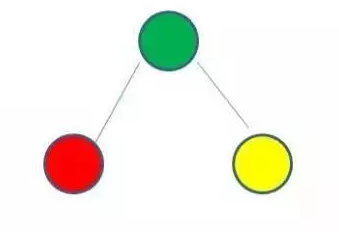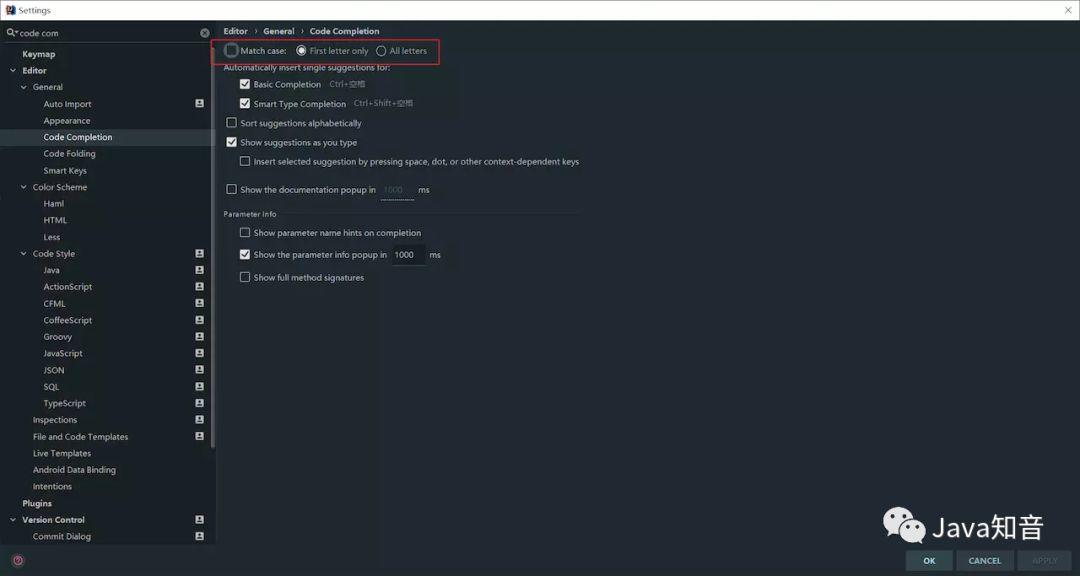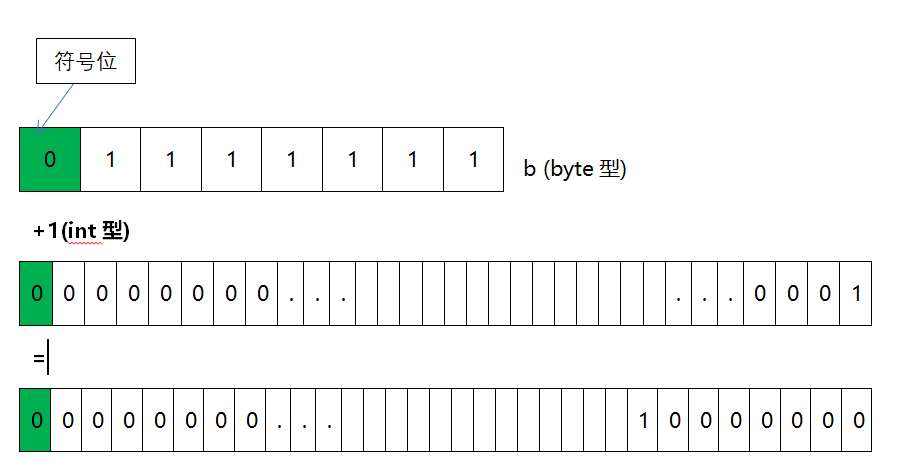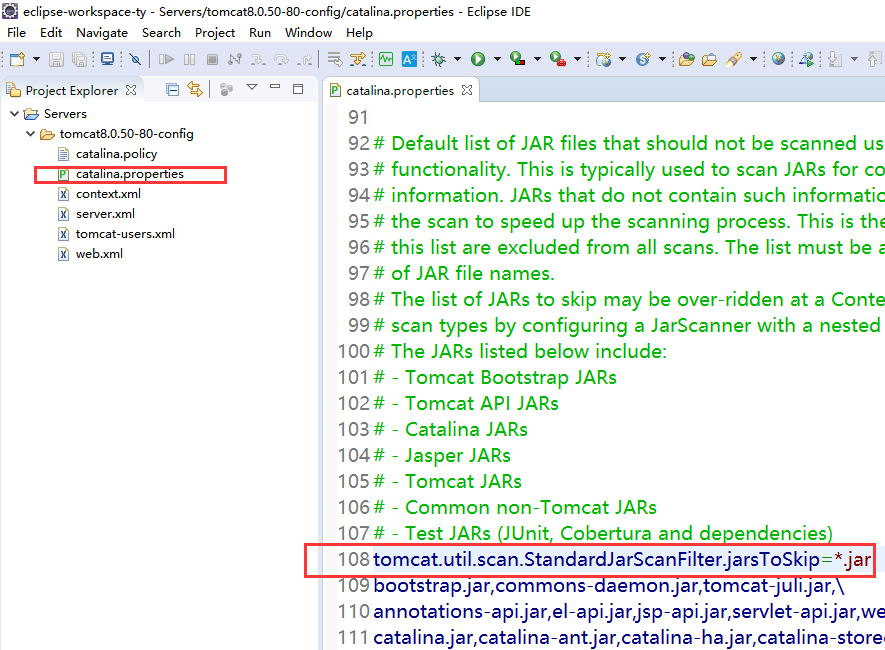LeetCode - Hard - 4. Median of Two Sorted Arrays
Topic
- Array
- Binary Search
- Divide and Conquer
Description
https://leetcode.com/problems/median-of-two-sorted-arrays/
Given two sorted arrays nums1 and nums2 of size m and n respectively, return the median of the two sorted arrays.
Follow up: The overall run time complexity should be O(log (m+n)).
Example 1:
Input: nums1 = [1,3], nums2 = [2]Output: 2.00000Explanation: merged array = [1,2,3] and median is 2.
Example 2:
Input: nums1 = [1,2], nums2 = [3,4]Output: 2.50000Explanation: merged array = [1,2,3,4] and median is (2 + 3) / 2 = 2.5.
Example 3:
Input: nums1 = [0,0], nums2 = [0,0]Output: 0.00000
Example 4:
Input: nums1 = [], nums2 = [1]Output: 1.00000
Example 5:
Input: nums1 = [2], nums2 = []Output: 2.00000
Constraints:
- nums1.length == m
- nums2.length == n
- 0 <= m <= 1000
- 0 <= n <= 1000
- 1 <= m + n <= 2000
- -10⁶ <= nums1[i], nums2[i] <= 10⁶
Analysis
概述
解答来源:知乎 - LeetCode#4. 寻找两个有序数组的中位数
要解决这个问题,我们需要先理解“中位数有什么用?”。在统计学中,中位数用于将集合划分为两个相等长度的子集,一个子集总是大于另一个子集。如果我们理解了中位数对集合的划分,我们就非常接近答案了。
原理
首先,在一个随机的位置 aCut 将集合 A 划分为两部分。
left_A | right_A_0 A[0] _1 A[1] ... A[aCut-1] _aCut A[aCut] _aCut+1 A[aCut+1] ... A[aLength-1] _aLength
由于A有aLength个元素,所以就有aLength+1 种分法(i=0~aLength)(在元素之间划分,包括头尾位置,也就是上面带下划线的位置)。由此可知: len(left_A) = aCut, len(right_A) = aLength - aCut。注意:当aCut = 0时,left_A为空,而当aCut = aLength时,right_A为空。
类似的,在位置 bCut 将集合 B 划分为两部分。:
left_B | right_B_0 B[0] _1 B[1] ... B[bCut-1] _bCut B[bCut] _bCut+1 B[bCut+1] ... B[bLength-1] _bLength
将 left_A 和 left_B 放入同一个集合,将 right_A 和 right_B 放入另外一个集合。 分别称他们为 left_part 和 right_part :
left_part | right_partA[0], A[1], ..., A[aCut-1] | A[aCut], A[aCut+1], ..., A[aLength-1]B[0], B[1], ..., B[bCut-1] | B[bCut], B[bCut+1], ..., B[bLength-1]
如果我们能达成这两个条件:
len(left_part) == len(right_part)max(left_part) <= min(right_part)
我们就能将 {A, B} 中所有元素分成两个长度相等的部分,并且其中一个部分总是大于另外一个部分。那么中位数就是 median = (max(left_part) + min(right_part))/2。
为了达成这两个条件,我们只需要确保:
aCut + bCut == aLength - aCut + bLength - bCut (or: aLength - aCut + bLength - bCut + 1)即让左半边元素数量等于与右半边。对于aLength <= bLength的情况,我们只需要让 :aCut = 0 ~ aLength,bCut = (aLength + bLength + 1) / 2 - aCut。(如果aLength > bLength为真怎么办?就把两个数组对换)B[bCut-1] <= A[aCut]并且A[aCut-1] <= B[bCut]即让左边最大元素小于右边最小元素。
PS.
- 简单起见,我们先假设
A[aCut-1], B[bCut-1], A[aCut], B[bCut]总是可用的,即使aCut=0,aCut=aLength,bCut=0,bCut=bLength。 后面会叙述怎么处理这些边缘情况。 - 为何
aLength <= bLength? 因为我必须确保bCut是非负的,因为0 <= aCut <= aLength并且bCut = (aLength + bLength + 1) / 2 - aCut。 如果aLength > bLength, 则bCut可能是负值, 这将导致错误的结果。(如果真的aLength > bLength怎么办?就把两个数组对换)。
因此,我们需要做的就是:
在 [0, aLength] 中找到一个使下面不等式成立的 aCut :
B[bCut-1] <= A[aCut] and A[aCut-1] <= B[bCut], ( where bCut = (aLength + bLength + 1) / 2 - aCut )
伪代码
我们可以按照下面描述的步骤进行二分查找:
1. 设 aCutMin = 0, aCutMax = aLength, 然后在这个区间 [aCutMin, aCutMax] 中查找 aCut2. 设 aCut = (aCutMin + aCutMax) / 2, bCut = (aLength + bLength + 1) / 2 - aCut3. 此时,我们满足了 len(left_part)==len(right_part), 我们会遇到三种情况:a. B[bCut-1] <= A[aCut] and A[aCut-1] <= B[bCut]- 说明我们找到了我们需要的aCut,停止搜索。b. B[bCut-1] > A[aCut]- 意味着 A[aCut] 太小, 那么我们必须调整 aCut 以使 B[bCut-1] <= A[aCut] 仍然成立。- 我们可以增大aCut吗?- Yes. 因为 aCut 增大时, bCut 将减小。(bCut↓ = (aLength + bLength + 1) / 2 - aCut↑)- 所以 B[bCut-1] 跟着减小而 A[aCut] 会增大。B[bCut-1] <= A[aCut]就可能成立。- 我们可以减小 aCut 吗?- No! 因为 aCut 减小时, bCut 将增大。(bCut↑ = (aLength + bLength + 1) / 2 - aCut↓)- 所以 B[bCut-1] 增大而 A[aCut] 减小。B[bCut-1] <= A[aCut] 永远不可能成立。- 所以我们必须增加 aCut。也就是将搜索范围调整为[aCut+1, aCutMax]。 所以,设 aCutMin = aCut+1, 然后回到步骤 2。c. A[aCut-1] > B[bCut]- 意味着 A[aCut-1] 太大。我们必须减小 aCut 以使 `A[aCut-1]<=B[bCut]`.- 就是说我们要调整搜索范围为 [aCutMin, aCut-1]。- 所以, 设 aCutMax = aCut-1, 然后回到步骤 2。
找到符合条件的 aCut 之后,我们想要的中位数就是:
- 如果
aLength + bLength是奇数,中位数则是max(A[aCut-1], B[bCut-1])。 - 如果
aLength + bLength是偶数,中位数则是(max(A[aCut-1], B[bCut-1]) + min(A[aCut], B[bCut]))/2。
边界问题
现在让我们考虑边缘值aCut=0,aCut=aLength,bCut=0,bCut=bLength,其中A[aCut-1],B[bCut-1],A[aCut],B[bCut]可能不存在。 实际上这种情况比你想象的要容易。
我们需要做的是确保 max(left_part) <= min(right_part)。 所以, 如果 aCut 和 bCut 不是边缘值(意味着A[aCut-1],B[bCut-1],A[aCut],B[bCut] 都存在), 那么我们必须同时检查 B[bCut-1] <= A[aCut] and A[aCut-1] <= B[bCut]。
但是如果 A[aCut-1],B[bCut-1],A[aCut],B[bCut] 中某些值不存在, 那么我们可以只检查一个条件(甚至都不检查)。例如, 如果 aCut=0, 那么 A[aCut-1] 不存在, 也就意味着我们不用检查 A[aCut-1] <= B[j]。 所以,我们这样做:
在 [0, aLength] 中找到一个使下面不等式成立的 aCut :(bCut == 0 or aCut == aLength or B[bCut-1] <= A[aCut]) and(aCut == 0 or bCut == n or A[aCut-1] <= B[bCut])where bCut = (aLength + bLength + 1) / 2 - aCut
在搜索循环中,我们只会遇到三种情况:
1. (bCut == 0 or aCut == aLength or B[bCut-1] <= A[aCut]) and(aCut == 0 or bCut == n or A[aCut-1] <= B[bCut])说明 i 的值满足要求,停止循环2. bCut > 0 and aCut < aLength and B[bCut - 1] > A[aCut]说明 aCut 的值太小, 增加它.3. aCut > 0 and bCut < bLength and A[aCut - 1] > B[bCut]说明 aCut 的值过大, 减小它。
其实 aCut < aLength ==> bCut > 0 和 aCut > 0 ==> bCut < bLength . 因为:
aLength <= bLength, aCut < aLength==> bCut = (aLength + bLength + 1) / 2 - aCut> (aLength + bLength + 1) / 2 - aLength>= (2 * aLength + 1) / 2 - aLength>= 0aLength <= bLength, aCut > 0==> bCut = (aLength + bLength + 1) / 2 - aCut< (aLength + bLength + 1) / 2<= (2 * bLength + 1) / 2<= bLength
所以对于上述情况2. 和 3., 我们不需要检查bCut > 0 和 bCut < n是否满足。
Submission
public class MedianOfTwoSortedArrays {public double findMedianSortedArrays(int[] A, int[] B) {if (A.length > B.length) {int[] temp = A;A = B;B = temp;}if (B.length == 0)throw new IllegalArgumentException();int aLength = A.length, bLength = B.length;int aCutMin = 0, aCutMax = aLength, //halfLen = (aLength + bLength + 1) / 2;while (aCutMin <= aCutMax) {int aCut = (aCutMin + aCutMax) / 2;int bCut = halfLen - aCut;if (aCut < aLength && B[bCut - 1] > A[aCut]) {// aCut is too small, must increase itaCutMin = aCut + 1;} else if (aCut > 0 && A[aCut - 1] > B[bCut]) {// aCut is too big, must decrease itaCutMax = aCut - 1;} else {// aCut is perfectint maxOfLeft = 0, minOfRight = 0;if (aCut == 0) {maxOfLeft = B[bCut - 1];} else if (bCut == 0) {maxOfLeft = A[aCut - 1];} else {maxOfLeft = Math.max(A[aCut - 1], B[bCut - 1]);}if ((aLength + bLength) % 2 == 1)return maxOfLeft;if (aCut == aLength) {minOfRight = B[bCut];} else if (bCut == bLength) {minOfRight = A[aCut];} else {minOfRight = Math.min(A[aCut], B[bCut]);}return (maxOfLeft + minOfRight) / 2.0;}}return -1;// this never return}}
Test
import static org.junit.Assert.*;import org.junit.Test;public class MedianOfTwoSortedArraysTest {@Testpublic void test() {MedianOfTwoSortedArrays obj = new MedianOfTwoSortedArrays();int[][] array1 = { { 1, 3}, { 2}},array2 = { { 1, 2}, { 3, 4}},array3 = { { 0, 0}, { 0, 0}},array4 = { { }, { 1}},array5 = { { 2},{ }};double delta = 10e-5;assertEquals(2.00000, obj.findMedianSortedArrays(array1[0], array1[1]), delta);assertEquals(2.50000, obj.findMedianSortedArrays(array2[0], array2[1]), delta);assertEquals(0.00000, obj.findMedianSortedArrays(array3[0], array3[1]), delta);assertEquals(1.00000, obj.findMedianSortedArrays(array4[0], array4[1]), delta);assertEquals(2.00000, obj.findMedianSortedArrays(array5[0], array5[1]), delta);}}



































还没有评论,来说两句吧...